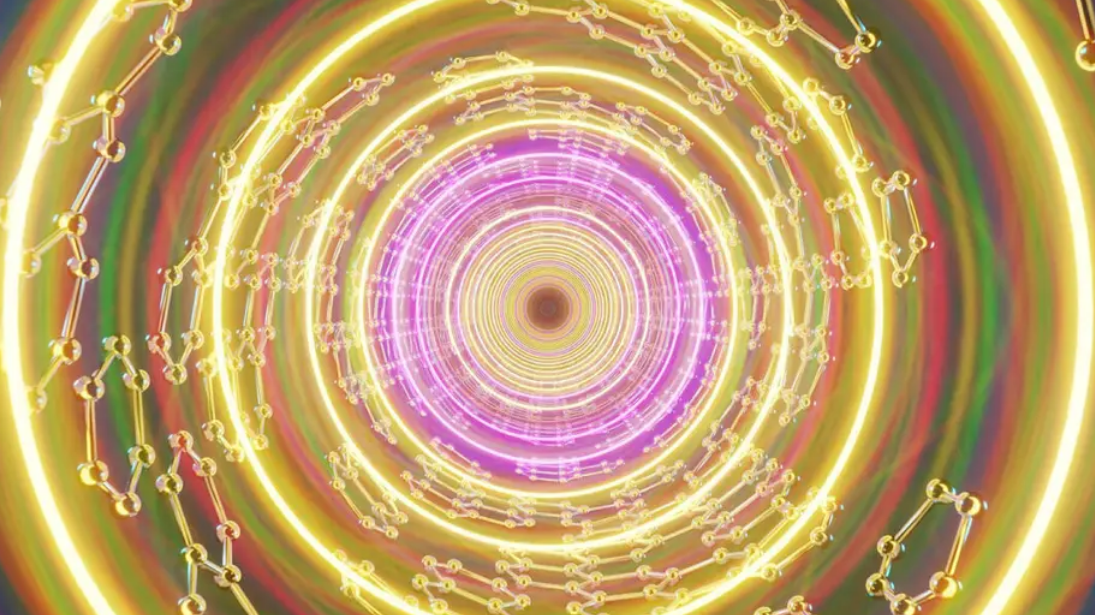Chapter 6: The Future Influence the Present -Paradox of Time

Quantum science suggests the existence of many possible futures for each moment of our lives. Each future lies in a state of rest until it is awakened by choices made in the present. Gregg Braden
In this article, I will present the classical theory of early warning systems and then shift the perspective to show how the future may impact the present, linking it to quantum theories. Fasten your seatbelts, bumpy road ahead. Lets get started.
Guardians of the Horizon - Early Warning Systems (EWS)
In a world increasingly defined by volatility and unpredictability, the role of early warning systems (EWS) became paramount in safeguarding human lives. From natural disasters like hurricanes, earthquakes, and floods to human-induced crises such as pandemics and security threats, these sophisticated frameworks operated at the intersection of technology and human insight, forming a bulwark against chaos.
The genesis of early warning systems can be traced back to centuries of human observation and adaptation. Ancient communities honed their instincts, observing changes in the environment that could herald impending storms or seasonal changes. Over time, these intuitive practices evolved into a structured approach to predicting disruptions. By the late 20th century, the emergence of satellites, geospatial data, and real-time communication transformed EWS from rudimentary tools into dynamic systems capable of delivering critical information to millions.
A deeply impactful case study unfolded in the Indian Ocean in December 2004. On that fateful day, a massive undersea earthquake triggered a series of devastating tsunamis that claimed nearly 230,000 lives across fourteen countries. The catastrophe was a stark reminder of the world’s vulnerability to natural forces and underscored the importance of establishing robust early warning mechanisms. In the aftermath, nations recognized that the existing systems were insufficient. Consequently, global investment surged toward the development and enhancement of tsunami warning networks, disaster preparedness programs, and community-based awareness campaigns.
The evolution of technology paved the way for more sophisticated solutions. In the years following the tsunami disaster, various nations developed systems that utilized not just seismic data but also oceanographic and atmospheric conditions to provide more accurate and timely warnings. Sensors bobbing on the ocean surface could detect changes in water levels, while satellite imagery captured storm formations and monitored climatic shifts. The integration of big data analytics further enhanced predictive models, allowing scientists to understand complex weather patterns and environmental phenomena like never before.
Innovations in artificial intelligence and machine learning hold promise for the future of early warning systems. Algorithms capable of analyzing vast datasets can refine predictions, in the increasingly complex tapestry of global interconnectivity, early warning systems act as vigilant sentinels, translating the whispers of the future into actionable insights.
Okay. So far, so good, right? Now, let’s turn the table.
The Influence of the Future on the Present in Quantum Theory
The concept of time has long fascinated philosophers, scientists, and thinkers alike. Traditionally, we perceive time as a linear progression: the past influences the present, which in turn shapes the future.
However, quantum theory challenges this straightforward understanding by suggesting that the relationship between time and causality may be far more complex than we realize. In the quantum realm, there can be a bidirectional influence where the future can affect the present. This notion not only alters our comprehension of quantum mechanics but also invites us to reconsider our ideas about reality, causation, and the flow of time.

